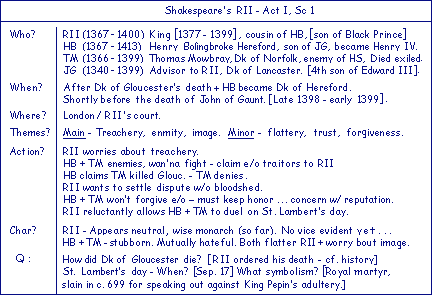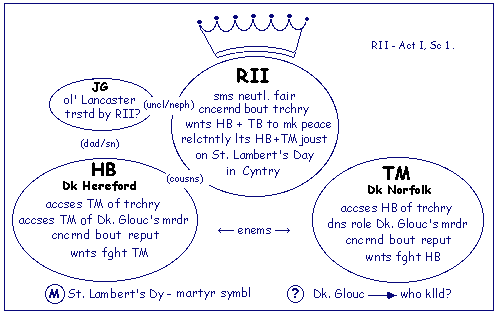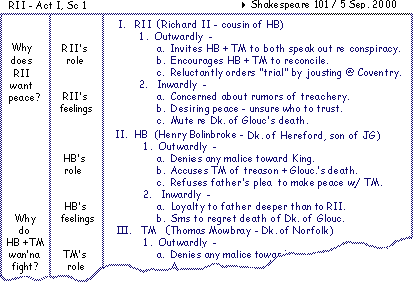Creative Note Taking and Study Skills
by Tim Newfields
Note taking fulfills three functions: encoding information, consolidating/assessing data, and external storage. Cognitive scientists like Teslow, Carlson, and Miller (1994) suggest these are closely related.
This paper focuses on classroom lectures, a context many students—particularly those from Asia adapting to overseas universities—find difficult (Beasley, 1990).
Note Taking and Academic Success
Does note taking guarantee success? Crawford (1925) and Einstein et al. (1985) found positive correlations between note quality and grades. Effective notes are comprehensive and salient, not just long.
However, Robinson and Kiewra (1995) suggest visual learners benefit more from graphic organizers. Despite mixed results, four points are clear:
- The Value of Training: Note taking is a skill within academic literacy that can be improved.
- The Value of Supplemental Notes: Teacher outlines help fill gaps in personal notes.
- The Value of Review: Periodic review is where the real learning happens.
- The Value of Goals: Knowing why you are taking notes changes how you take them.
Common Problems Students Have
Palmatier and Bennett (1974) suggest most students are inefficient. Key issues include:
- Writing Too Much: Verbatim notes lack the critical thinking of condensed notes.
- Over-reliance on Technology: Recording devices often prevent active cognitive processing.
- Misquoting: A lack of understanding regarding intellectual property and plagiarism.
Popular Note Taking Systems
i. Pauk's System (Cornell)
Uses two columns: one for paragraph-form ideas and a left-hand column for cues. Review involves covering the main column and reciting facts based on the cues.

ii. Fry's System
Focuses on active listening and extensive abbreviations (vowel elimination) to map ideas graphically.

iii. Van Blerkom's System
Advocates for flexibility across styles: block-paragraph, timeline, and outline formats depending on the lecture style.
